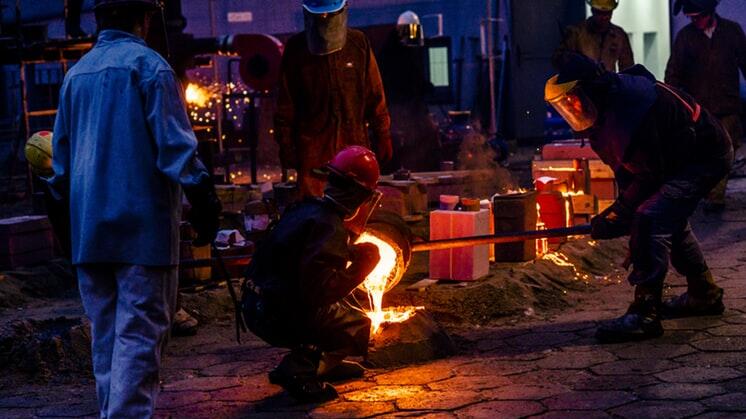 Search Result
Search ResultEmissions Impacts of Alternative Fuels Combustion in the Cement Industry
Authors: Ali Hasanbeigi, Navdeep Bhadbhade With over 7% of global CO2 emissions, decarbonization of the cement industry will play a key role in achieving the Paris Climate Agreement targets. The deep…
Read Full articleCEMBUREAU’s roadmap towards #Cement2050 – a Carbon Neutrality Roadmap
The European Cement Association, CEMBUREAU , the representative organisation of the cement industry in Europe and spokesperson for the cement industry before the EU institutions and other public…
Read Full articleBiomass Gasification: A Key to Decarbonizing Energy-Intensive Industries
The following article is a summary of the Scientific publication: “Techno-Economic Feasibility of Biomass Gasification for the Decarbonisation of Energy-Intensive Industries” delivered by the EU…
Read Full articleTowards Zero Emission Mobility in European Transport
Thirteen companies and industry associations from European industry have joined forces and identified key tasks on the upcoming European Union Low Emission Mobility Package. Representing the…
Read Full articleDecarbonisation in Japan: Ammonia-coal co-firing versus renewables
Japanese utilities are exploring the case for retrofitting their existing coal power plants to enable co-firing of coal with ammonia to reduce carbon dioxide emissions. However, ammonia-coal co-firing…
Read Full articleDecarbonisation of industrial heat: The iron and steel sector
Headlines Current primary steel production is highly integrated; incremental efficiency improvements can only further reduce emissions by about 10%. The analysis of scenarios published recently by…
Read Full articleDeep decarbonisation of industry: The cement sector
Headlines Fossil fuel combustion to meet heating needs accounts for 35% of cement’s CO2 emissions. The remaining 65% are due to direct process emissions, which must also be addressed. The biomass use…
Read Full article36 Emerging Technologies for Energyefficiency and GHG Emissions Reduction in the Pulp and Paper Industry
The pulp and paper industry accounted for approximately 5 percent of total industrial final energy consumption and 2 percent of direct carbon dioxide (CO2) emissions from the industrial sector…
Read Full articleThe technical potential of large and industrial heat pumps
Heat pumps are considered large if they exceed capacities of 100kW. They can easily reach the one to several megawatt range with the largest units providing 35MW in a single machine. Currently…
Read Full articleClimate neutrality and the potential of digital energy efficiency technologies - Five application examples
Reducing CO2 emissions to zero in 30 years - utopian? The conversion of Germany's energy supply to green and renewable is a done deal. In 30 years, the country is to meet its energy needs from…
Read Full article








